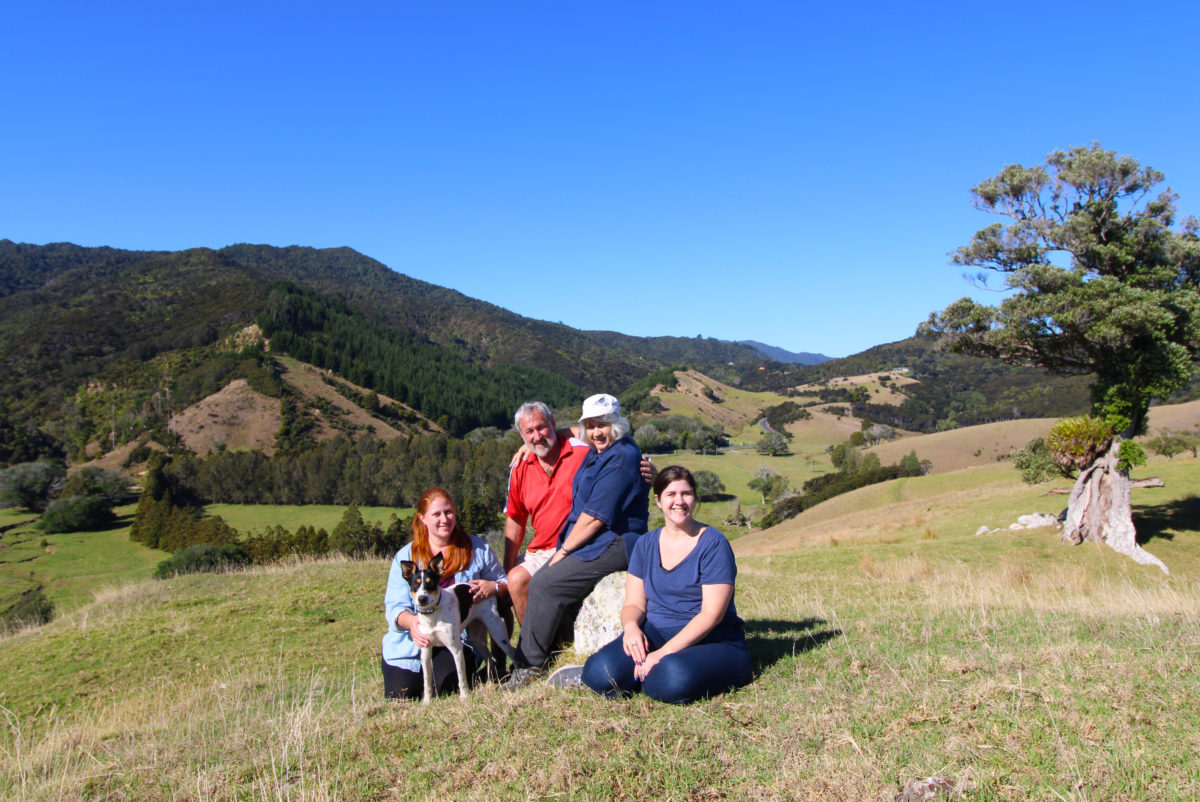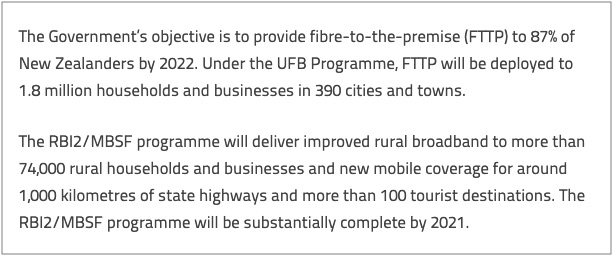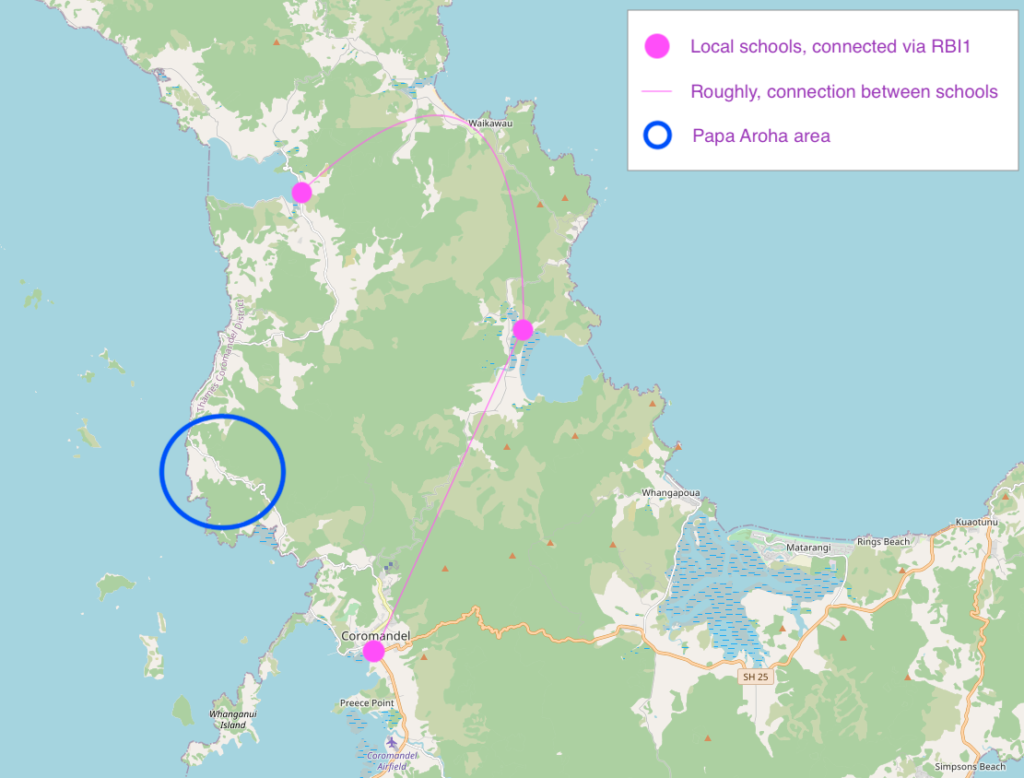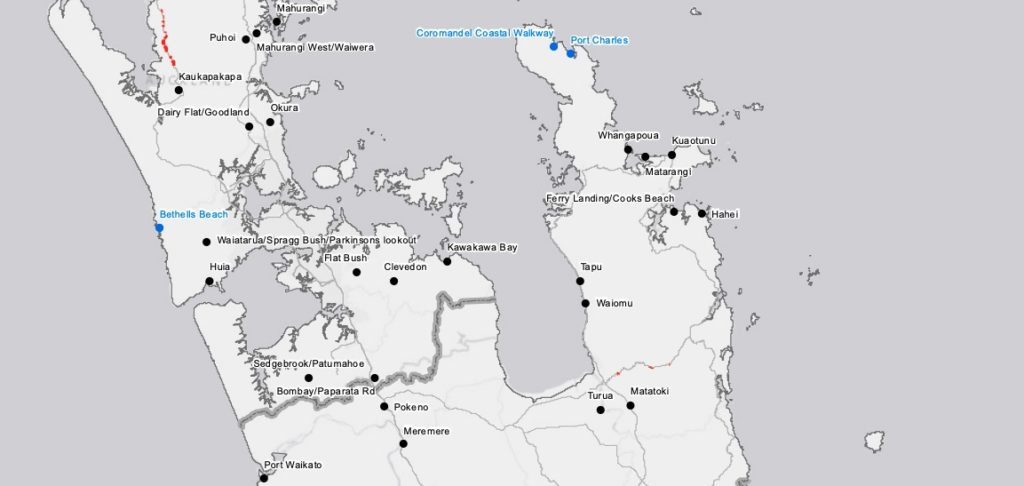On May 30 #ArmsDownNZ began to trend on Twitter as we learned that NZ Police’s trial Armed Response Team had not been reserved for incidents that posed “significant risk”, but had largely been doing normal Police work.
This news landed just 5 days after the horrifying murder of George Floyd at the hands of American Police, captured on video and broadcast around the world. Yet another abhorrent demonstration of racism and Police brutality against Black people in America. (Please seek out writing from Black people in America on this topic, I am here to write about my own experiences not theirs.)
There is a view of New Zealand as an idyllic island nation, remote and pristine, full of hope and promise, separate from the troubles of the world. Safe – not even the wildlife will kill you.
This idea of New Zealand as a safe land of opportunity is what brought many colonial settlers here in the first place, and what current residents of our country often turn to for comfort when there are problems overseas – “I’m so glad I live in New Zealand! That doesn’t happen here”.
George Floyd’s murder is another traumatic overseas event we are trying to make sense of. The horror of watching a man die beneath the unrelenting knee of a law enforcement officer induces us to seek out comfort and to make ourselves feel safe.
The revelation that our own Police force could soon be carrying out their normal Policing duties while also carrying firearms should rip away the comfort of “it wouldn’t happen here”.
If you think what happened to George Floyd could never happen in New Zealand, your head is in the sand. Our police force is also pushing the limits with very little resistance. #ArmsDownNZ https://t.co/g7OpRrZSmY
— Anthea (@antheaw) May 30, 2020
More armed Police will lead to more people killed by Police, and those people are more likely to be brown. Research from JustSpeak released in February 2020 highlights racism within the NZ justice system.
Our research shows that when first encountering police, Māori who have had no prior contact with the justice system are 1.8 times at risk of a police proceeding and seven times more likely to be charged by Police, than Europeans. When someone is charged they are more likely to end up trapped in the justice system. Their chance of re-offending increases with negative outcomes for whānau and communities. More than half of Aotearoa’s prison population is Māori, despite Māori making up only 15% of the general population.
Excerpt from JustSpeak website
If the idea of New Zealand as a safe place is one that is dear to you, you must take action to ensure that it’s true. armsdown.nz has more information and resources for doing this, speaking with those around you about this issue is a really good start.
I wrote the following to haveyoursay@police.govt.nz 3 days ago. I haven’t had any response.
For consideration in regards to the Police Armed Response Team trial in New Zealand. The news of this trial being undertaken at all was confronting for me as a Māori New Zealander concerned with the rates at which Māori people are involved with the Police in our country. I fear that these high numbers become a self fulfilling prophecy - belief that Māori are our highest offenders leads to greater suspicion, investigation and involvement in Māori lives by the Police. Firearms are lethal weapons and I am extremely uncomfortable with any person in our country being empowered to aim a lethal weapon at another human being for any reason. The justifications for the trial were made, concerns were raised, and the trial has been run. I believe the trial has confirmed that arms are not necessary in day-to-day law enforcement in New Zealand and that our country would feel safer without firearms being guaranteed as a factor in any confrontation involving the police. I believe an increase in weaponry on the part of the Police will increase fear and the panic response from suspects who may escalate their own reactions leading to more use of weapons in confrontations. Allowing firearms to be on our streets ensures more people will die by shooting. I think a more impactful statement to the public would be to engender trust - largely the people of New Zealand do care for each other, why not continue to generally trust the people of this country? Tasers are sufficient day to day weapons for the assistance of subduing offenders if necessary. Situations which would be argued to require firearms should be deferred or stalled until a special unit can be involved, disengage if necessary to protect officers. The solution won’t be mine or come from me, but I did not want to remain silent when this trial seems to have confirmed my worst fears - that police would be carrying arms more often, have the opportunity to use them more often, and that the targets would most likely be minority cultures like my own. Please do not carry forward to arming officers permanently in New Zealand. Anthea Whittle






 (@folie_a_blue)
(@folie_a_blue) 